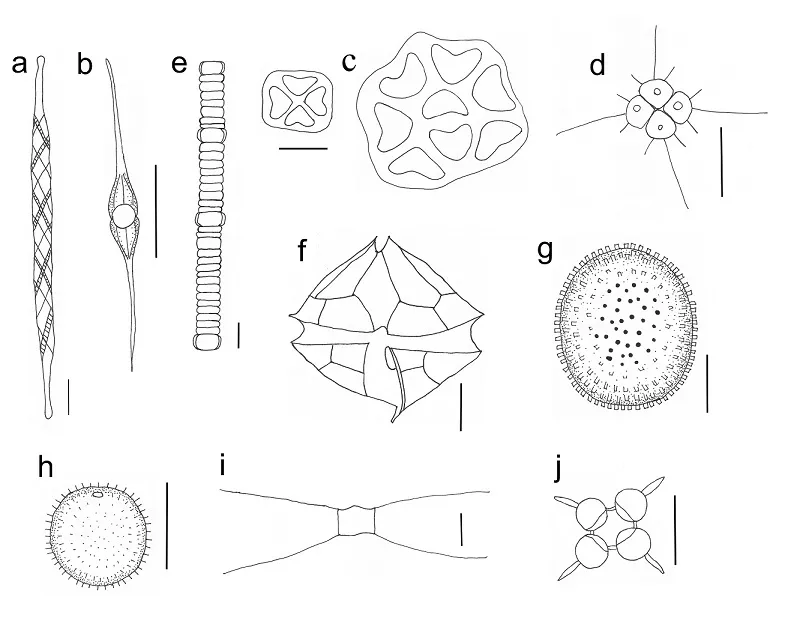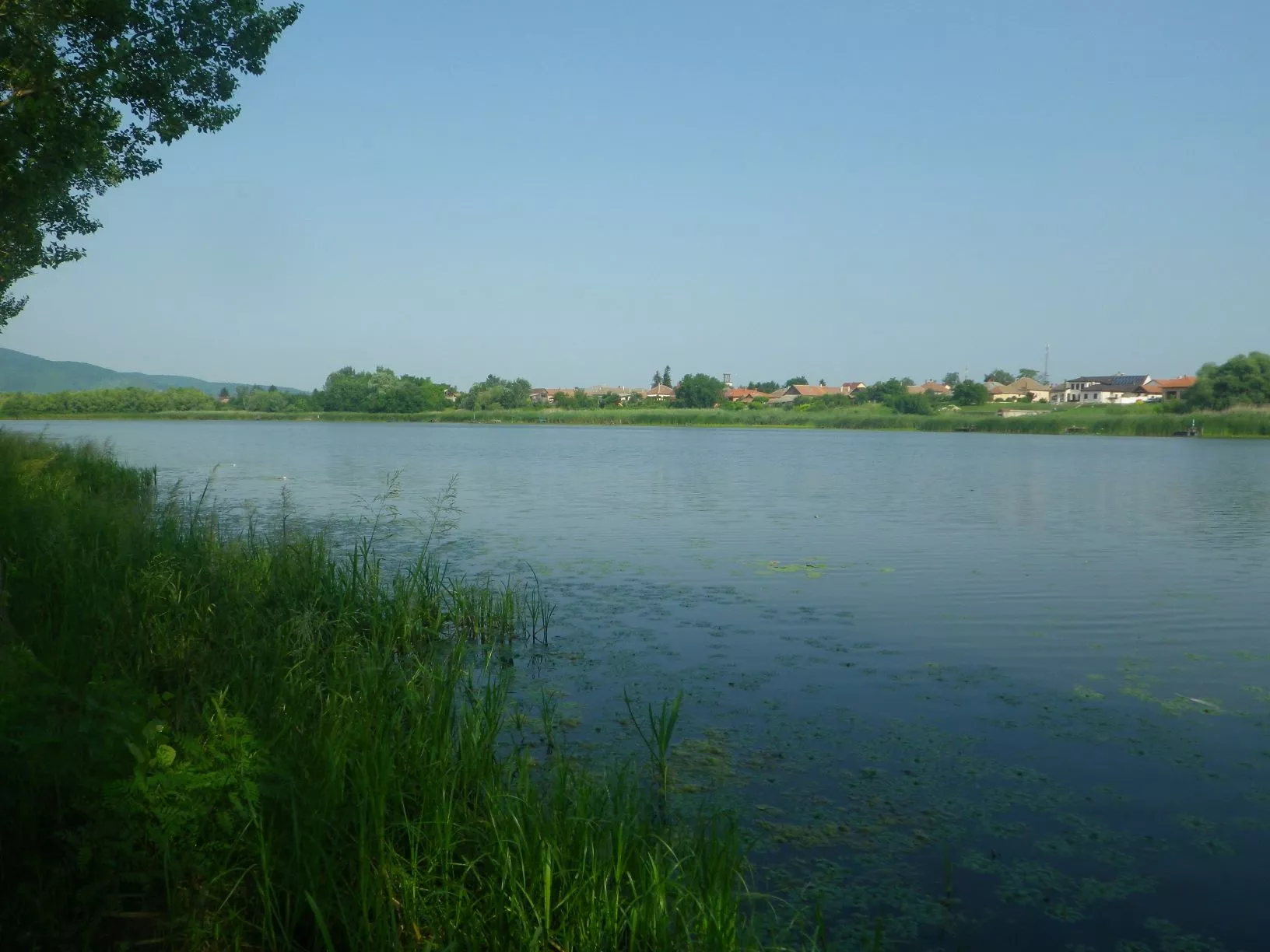Researchers at the Institute of Aquatic Ecology at the ELKH Centre for Ecological Research have demonstrated that even a shallow, spinach-colored standing water can be good habitat for many less common species. The rarity of a species depends on its occurrence and abundance rate. It is a great challenge to determine the geographical area of microscopic species. In addition, it is an even more difficult task in the case of rare species. The CER researchers identified several algae that are rare worldwide, including red-listed species in Hungary. The results of the research were recently published in the Biologia journal.
The quest to understand how the world works always presents new challenges for researchers. In the 20th century, those problems had to be solved, which were important from social and economic points of view. From the middle of the last century, eutrophication caused undesirable changes in water quality. Assemblages of aquatic organisms, including phytoplanktic ones, as well as their composition were significantly influenced by nutrient load. Additionally, extreme climatic changes in recent decades have caused drastic fluctuations in water flow, which can lead to a significant decrease in water levels leading to the drying up of the lakes in extreme cases. Furthermore, the rise in air temperature may be accompanied by a rise in the temperature of waters in Hungary. Finally, these circumstances may contribute to the spread of species favor warm waters. This means that, there is a risk that invasive, potentially toxic species may appear in Hungarian waters and may become dominant there, potentially displacing the current microflora. Together, these changes could fundamentally alter the structure of the ecosystem. To know the origin of the changes and to determine whether the current conditions can be preserved or restored, researchers need to assess the current status of our waters and the composition of the assemblages living here, as well as monitoring the changes.
Thus nowadays, it is very important to preserve, maintain and protect biodiversity. Microscopic photosynthetic organisms, such as eukaryotic algae and cyanobacteria, are bioindicators responding quickly to nutrient load and pollution. As a result, they are particularly useful for characterizing the status of waters and for mapping the habitats of current and future protected species, as well as for forecasting possible disruptions. However, this also requires knowledge of the local and global distribution of each taxon.
While intensive research was carried out to get to know the algal flora of Hungary until the early 1970s, in recent decades, researches focused mainly on the EU Water Framework Directive. As a result, there is decrease in public and available taxonomical data of our waters. There are hundreds of watercourses and standing waters in Hungary, yet only little information is about the phytoplankton composition here, especially in relation to the distribution of rare species.
In 2019, researchers – as part of the Hungarian Monitoring Program – studied more than 60 standing water with a surface area of more than 50 hectares during the vegetation period, i.e. from May to September. The studied standing waters included reservoirs, oxbows, gravel pit lakes and soda lakes, in which 20 species were identified that are less common in Hungary. These included one species that had not been reported in Hungary for 30 years (Closteriopsis longissima), and another that had appeared for the first time (Stauridium privum). The researchers were able to identify only one species from the Hungarian Red List (Cylindrotheca gracilis). Describing the Hungarian and also global distribution of each species, as well as presenting the very similar species, will assist experts in the classification process.

Although researchers expected to find rare species in less polluted waters, most were found in eutrophic and hypertrophic, i.e. nutrient-rich waters. This means that shallow (average 1.5 m deep), hypertrophic oxbows such as Nagy-Morotva, which is used for fishing, can be good habitat for very valuable species.

Despite the fact that many articles are published today about new species and the new appearance of rare species, it can be said that only a small percentage of the algal flora of waters and wetlands is known. Heraclitus said, "you cannot step into the same river twice." In fact, this universal phrases is also truth for standing waters. Although the succession of algal associations over time is known, species composition may still change from one year to the next. And while the presence of dominant species can be predicted, that of companion species cannot.
Currently, Hungarian waters are under-sampled. However, the findings presented here demonstrate that even with a small number of sample, several little-known species may be identified. However, in order to prevent this knowledge from being lost, it is essential to publish findings on them and to continue the long-term, comprehensive study of the waters.
Publication:
T-Krasznai, E., B-Béres, V. Rarely mentioned species in Hungary: Can we step into the same lake? Biologia (2021). https://doi.org/10.1007/s11756-021-00750-9